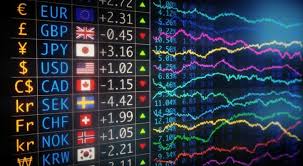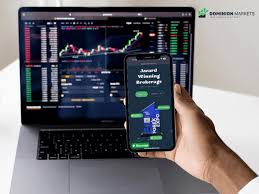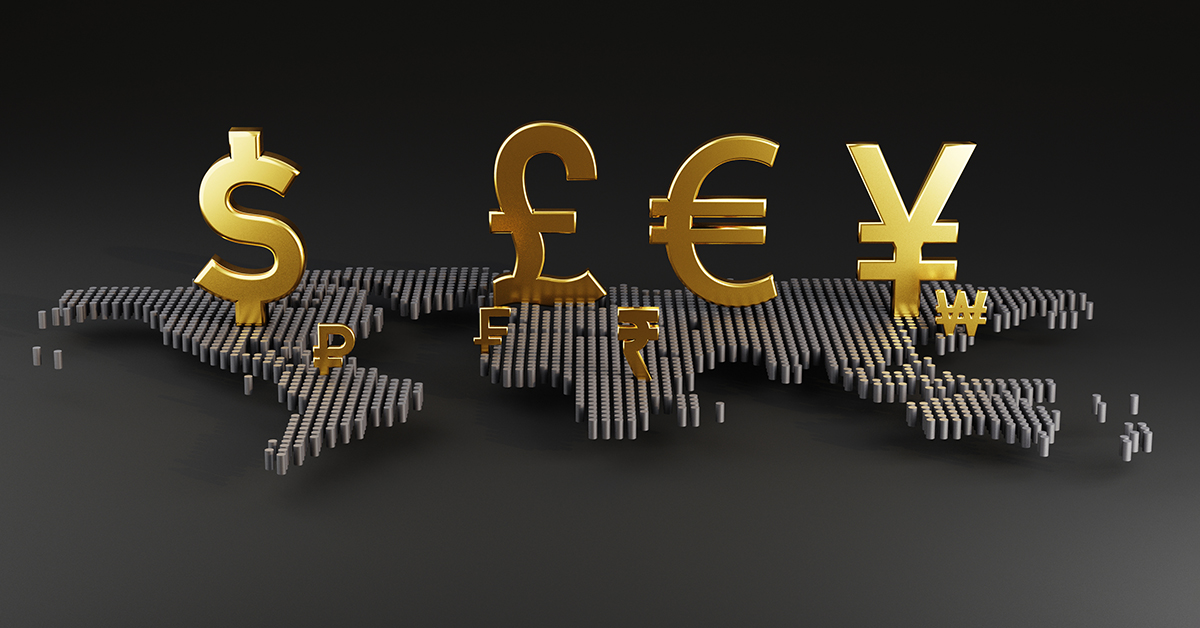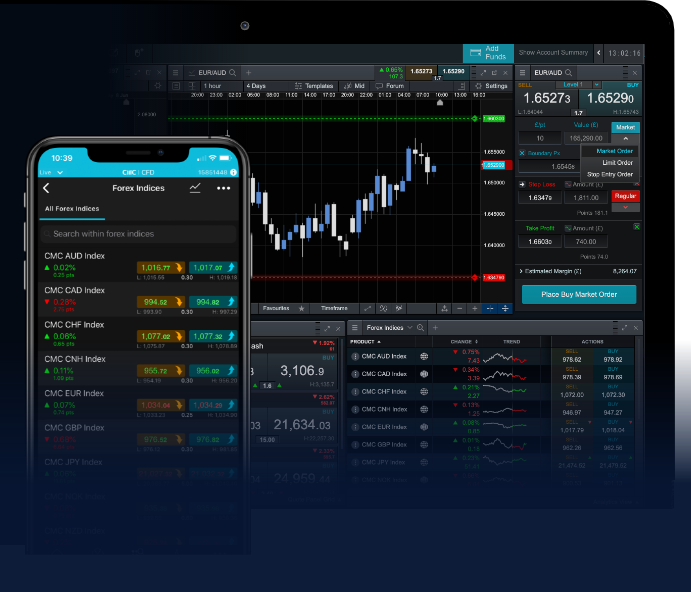
Unlock Your Trading Potential: The Best Courses for Forex Trading
Forex trading is one of the most dynamic and lucrative financial markets in the world. If you’re looking to dive into this exciting field, taking a course could be your first step toward success. With a plethora of resources available, it is essential to choose a course that not only covers the fundamentals but also equips you with advanced strategies and practical insights. Notably, brokers such as courses for forex trading Philippines Brokers play a crucial role in providing the platforms necessary for trading, but education is key to leveraging these tools effectively.
Why You Should Consider Forex Trading Courses
Forex trading is not just about buying and selling currencies; it involves understanding market trends, analyzing data, and managing risks. For beginners, navigating this world can be overwhelming. This is where structured courses come in handy. Let’s explore some of the main benefits of taking a forex trading course:
- Comprehensive Understanding: Courses usually offer a holistic view of the forex market, covering essentials like currency pairs, lot size, leverage, and margin.
- Risk Management Skills: Proper risk management is crucial. Learning to manage capital and mitigate losses can significantly enhance your trading longevity.
- Technical and Fundamental Analysis: Being able to analyze price charts and economic indicators can give you a competitive edge.
- Access to Expert Insights: Enrolling in a course often provides access to seasoned traders who can share valuable experiences and strategies.
- Networking Opportunities: Engaging with fellow learners can help foster valuable connections within the trading community.
Types of Forex Trading Courses
Forex trading courses vary widely in their content, format, and target audience. Here are some types you might consider:
1. Beginner Courses
Designed for novices, these courses cover the basic concepts of forex trading, including how to read currency pairs, understanding pips, and getting familiar with trading platforms. Some reputable platforms that offer beginner courses include:
- Babypips
- Forex School Online
- Udemy Forex Courses

2. Advanced Courses
For those who already have a basic understanding, advanced courses delve deeper into complex strategies, volatility trading, and technical indicators. They also often include modules on automated trading and algorithmic strategies.
3. Specialized Courses
Specialized courses might focus on specific strategies, such as day trading, swing trading, or scalping. These are suitable for traders looking to refine their skills in particular styles of forex trading.
Free vs. Paid Courses
When exploring forex trading courses, you’ll find that they come in both free and paid formats. While free courses provide a good starting point, investing in a paid course can unlock more comprehensive content, including one-on-one mentoring and personalized feedback. Here are some notable options:
- Free Options: Many brokers offer free courses to attract new clients. Websites like Investopedia and Forex Academy also provide free educational resources.
- Paid Options: Look for courses that offer live sessions, personal mentorship, and a community forum for support. Courses by well-known traders like Rayner Teo or Forex Mentor are often highly rated.
How to Choose the Right Course
With numerous options available, here are some factors to consider when choosing a forex trading course:
- Instructor Expertise: Research the qualifications and experience of the instructor. Look for reviews or success stories from former students.
- Course Content: Ensure the syllabus aligns with your learning goals. Look for courses that cover both theoretical and practical aspects of trading.
- Student Support: A good course should provide avenues for students to ask questions and get clarifications.
- Options for Networking: Some courses offer access to forums or groups, facilitating networking opportunities.
Conclusion
Investing in your education through a forex trading course can significantly enhance your trading skills and confidence. As the forex market continues to evolve, keeping your knowledge updated is essential for success. Whether you are a beginner looking to understand the basics or an advanced trader aiming for more sophisticated strategies, there’s a course out there for you. Remember that trading is a journey; patience, practice, and continuous learning will ultimately set you apart. Embark on your trading journey today, and who knows? The next forex trading success story could be yours.




